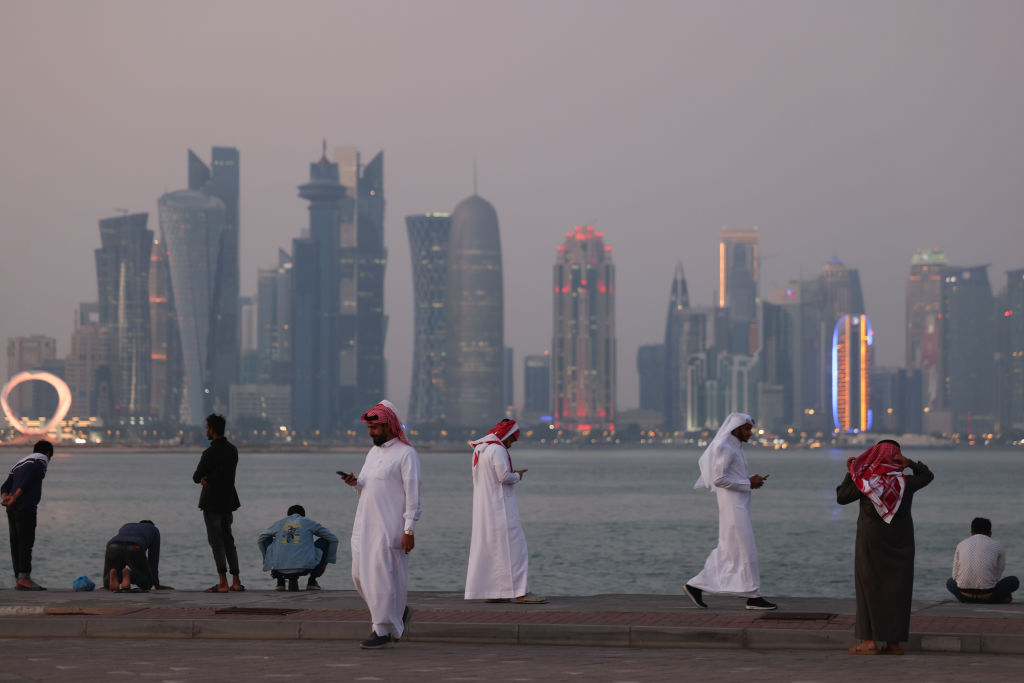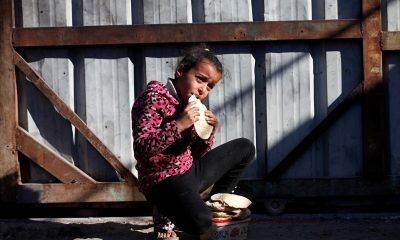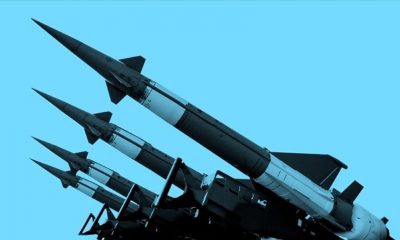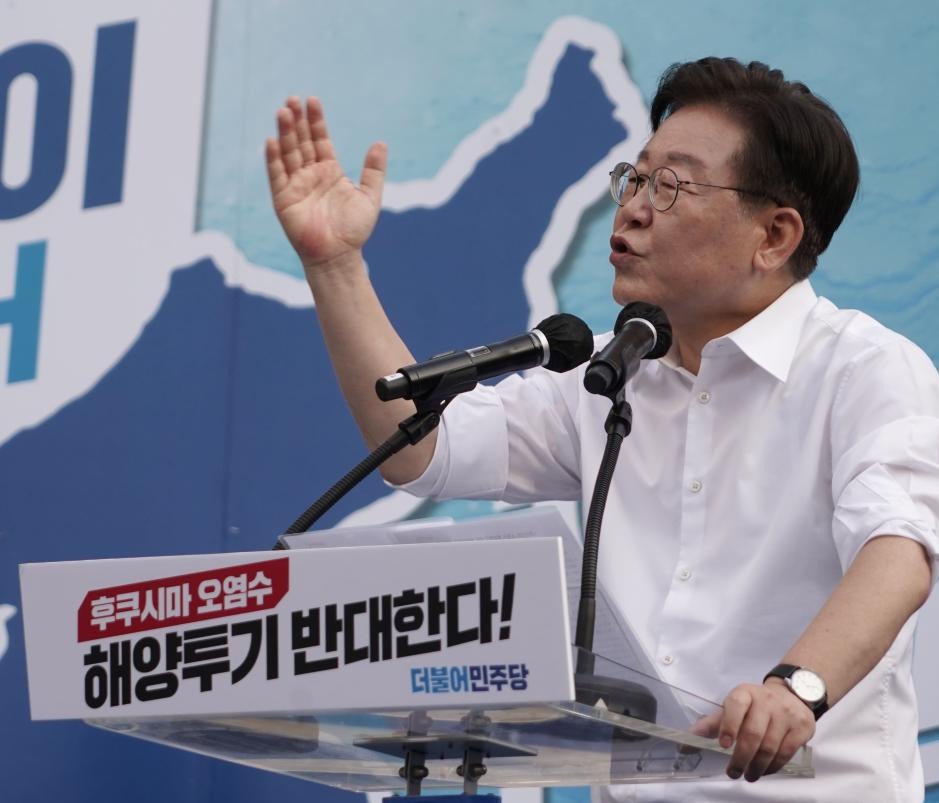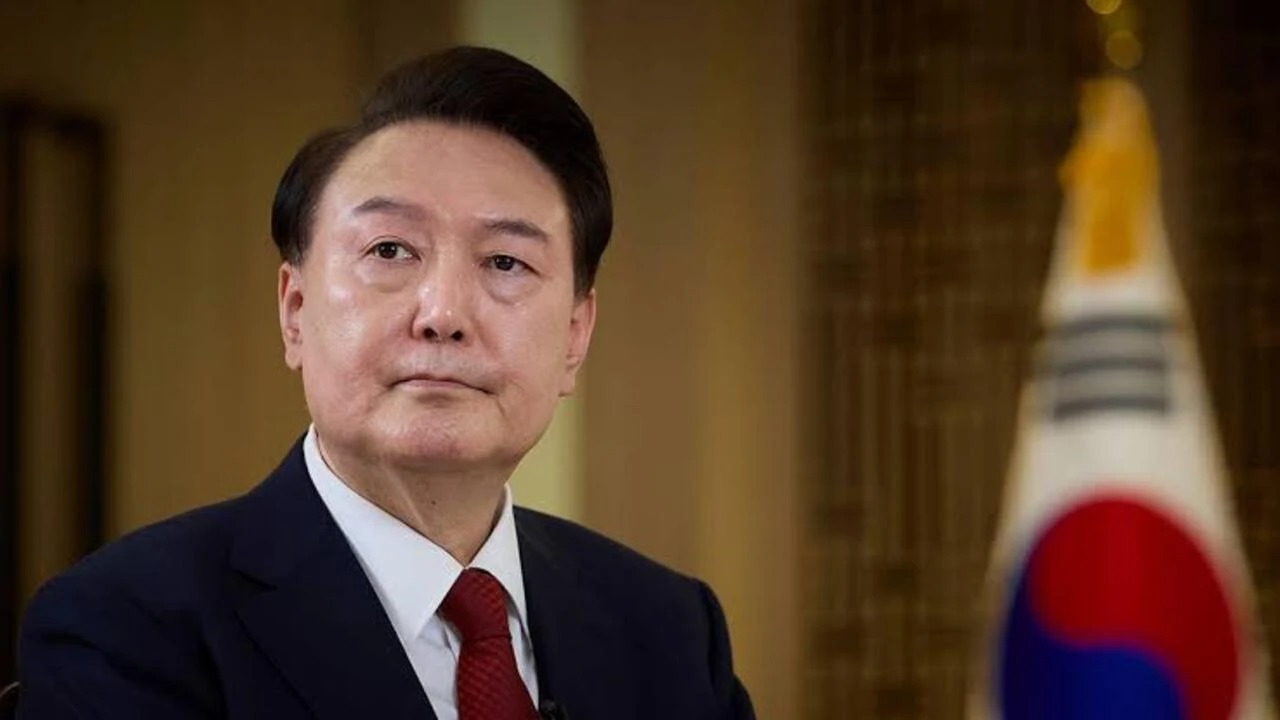In South Korea, anticipation continues to build each week regarding the impeachment trial of Yoon Suk Yeol. Key factors contributing to the delay in finalizing the case include the intricate political and legal landscape, the Constitutional Court’s meticulous decision-making process, and profound societal polarization.
Following his declaration of short-lived martial law on December 3, 2024, Yoon was suspended from office by the National Assembly on December 14, 2024. He was subsequently detained at his residence before being imprisoned on January 15, 2025. This incident, widely viewed as a grave threat to South Korea’s democratic institutions, triggered the initiation of impeachment proceedings. However, the process requires a final ruling from the Constitutional Court, which has yet to be delivered.
A primary reason for the delay is the Constitutional Court’s comprehensive review. The court is meticulously assessing the ‘sedition’ accusations against Yoon concerning his martial law declaration and determining whether he violated his constitutional duties. The court has a 180-day window to render its decision, a period utilized for gathering evidence, hearing witness testimony, and conducting detailed analyses of legal arguments. Yoon’s defense contends that the martial law declaration was a legitimate measure to ‘combat anti-state elements’ and was not intended to establish full military rule. Conversely, the opposition and numerous legal experts assert that this action violated the constitution and constitutes sedition. The court is adopting a cautious approach, prioritizing thoroughness over speed in resolving these conflicting claims.
A second factor relates to the court’s current composition. Typically comprising nine judges, the Constitutional Court is currently operating with eight members. A ruling requires the concurrence of at least six judges. This composition potentially complicates consensus-building and could prolong the deliberation process. Furthermore, Yoon’s case is poised to set a significant precedent, being the first instance in South Korean history where a head of state faces both impeachment and sedition charges simultaneously. This unique situation compels the court to proceed with heightened caution.
Societal polarization is also influencing the proceedings. Significant tension exists between Yoon’s supporters and opponents, with both factions attempting to influence the court through public demonstrations. For instance, Yoon’s supporters demand his release, while his opponents advocate for his prompt removal from office. This societal pressure potentially complicates the court’s ability to maintain impartiality and could contribute to delays in the judgment.
Whether Yoon Suk Yeol committed a constitutional offence remains a central question before South Korea’s Constitutional Court. This question lacks a definitive legal and political answer as the court has not yet rendered its final judgment. However, examining the National Assembly’s indictment, which initiated the impeachment, and the available information regarding Yoon’s actions can help clarify the matter.
Yoon’s actions and the allegation of constitutional offence
On December 3, 2024, Yoon Suk Yeol declared martial law, citing the need to combat North Korean-backed ‘anti-state elements’. This declaration was unanimously rescinded by the National Assembly within hours, prompting Yoon to retract his order. According to the South Korean Constitution (Article 77), martial law may only be declared during war, armed conflict, or similar national emergencies threatening national security, and it remains subject to National Assembly oversight. Yoon’s declaration was widely deemed unconstitutional because it lacked concrete evidence of war or an immediate threat justifying such an extreme measure.
Furthermore, the deployment of military troops to the National Assembly building during the brief martial law period, along with attempts to curtail media and political activities, are viewed as violations of fundamental constitutional rights, such as freedom of expression and the legislature’s power. Article 7 of the Constitution underscores that public officials are accountable to the populace and must not abuse their authority. The opposition contends that Yoon’s actions amount to ‘rebellion’ (Article 87) or an attempt to ‘suspend the constitution,’ both considered grave constitutional offences.
Contents of the indictment
- Violation of the Constitution: The indictment claims the martial law declaration lacked legal basis and threatened the constitutional order. It alleges Yoon attempted to establish unilateral rule by circumventing parliamentary authority.
- Sedition Offence: It asserts that Yoon targeted democratic institutions, particularly the National Assembly, using military force, actions fitting the definition of ‘internal rebellion.’ This offence carries severe penalties under the South Korean Penal Code (Article 87).
- Abuse of Authority: Yoon’s failure to provide concrete evidence justifying martial law based on ‘anti-state elements’ is presented as proof of arbitrary use of power.
- Attack on Democratic Processes: Actions taken to obstruct parliamentary functions and suppress media freedom are cited as violations of constitutional rights.
Yoon and his legal team argue the martial law declaration was not a constitutional offence but an ‘extraordinary measure’ necessary for protecting national security. Yoon maintains he did not institute full military rule, but merely issued a warning against ‘internal threats’. Furthermore, the swift rescission of martial law is presented as evidence that he lacked intent to suspend the constitution entirely.
Impeachment precedents in South Korean politics
Impeachment trials for heads of state are infrequent but significant milestones in South Korea’s democratic history. Prior to Yoon Suk Yeol’s 2024 impeachment proceedings, two previous attempts offer relevant context: Roh Moo-hyun (2004) and Park Geun-hye (2016-2017). These cases may serve as precedents for Yoon’s situation regarding both procedural aspects and potential outcomes.
The 2004 impeachment attempt against Roh Moo-hyun, a prominent Democratic leader, provides a key precedent.
Roh Moo-hyun faced impeachment after openly expressing support for his Uri Party (Open Party) ahead of the 2004 general elections, drawing criticism from the opposition for violating presidential impartiality. He was accused of violating election laws and abusing his authority. The National Assembly voted 191 to 2 to impeach him. The case then went before the Constitutional Court. The court acknowledged that Roh’s actions constituted constitutional violations but ruled they were not ‘grave’ enough to justify removal from office. Roh enjoyed significant public support at the time, and street protests exerted pressure in his favor. The Constitutional Court ultimately rejected the impeachment in a 6-3 decision, and Roh was reinstated. This ruling established a precedent, demonstrating the high threshold required for a ‘grave constitutional violation’ warranting impeachment. Consequently, Roh’s case remains the sole instance in South Korea where an impeached head of state was returned to office. Compared to Yoon’s situation, Roh’s case involved less severe charges, lacking accusations related to military force deployment or ‘sedition’.
A more recent comparison involves the 2016-2017 impeachment of Park Geun-hye.
Park was impeached by the National Assembly on December 9, 2016, and subsequently removed from office by a Constitutional Court ruling on March 10, 2017. Park faced accusations of allowing her close confidante, Choi Soon-sil, to illicitly interfere in state affairs, sharing confidential documents, accepting bribes, and abusing presidential authority. The scandal centered on allegations that Choi solicited millions of dollars from major corporations and that Park was complicit in this corruption network. The National Assembly approved the impeachment motion by a vote of 234 to 56. The Constitutional Court reviewed the case and found that Park had ‘systematically and continuously’ violated her constitutional duties. While Park’s defense maintained her relationship with Choi was purely personal and did not influence state affairs, the court determined that substantial evidence and witness testimony indicated otherwise. Millions participated in street protests throughout the proceedings. The Constitutional Court unanimously (8-0) upheld Park’s impeachment. Subsequently, Park faced a criminal investigation and was sentenced in 2018 to 24 years in prison for offences including bribery and abuse of power.
While Roh’s impeachment centered on political violations, the cases against Park and Yoon involve arguably more severe charges. However, Yoon’s declaration of martial law, involving the potential use of military force against democratic institutions, is widely perceived as representing an even graver constitutional crisis than Park’s scandal.
In conclusion, the final resolution of Yoon Suk Yeol’s impeachment case remains pending due to intricate legal questions, the Constitutional Court’s deliberate approach, and complex socio-political dynamics. While the Constitutional Court’s judgment is anticipated in the near future, possibly within days or weeks, a precise timeline cannot be predicted. This ongoing uncertainty contributes significantly to the political instability currently facing South Korea.

 DIPLOMACY2 weeks ago
DIPLOMACY2 weeks ago
 DIPLOMACY2 weeks ago
DIPLOMACY2 weeks ago
 ASIA2 weeks ago
ASIA2 weeks ago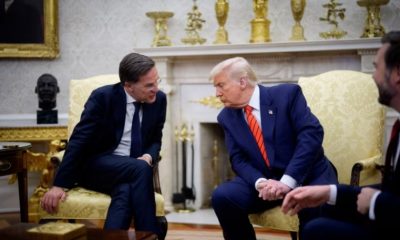
 EUROPE6 days ago
EUROPE6 days ago
 MIDDLE EAST2 weeks ago
MIDDLE EAST2 weeks ago
 AMERICA2 weeks ago
AMERICA2 weeks ago
 EUROPE2 weeks ago
EUROPE2 weeks ago
 ASIA1 week ago
ASIA1 week ago
